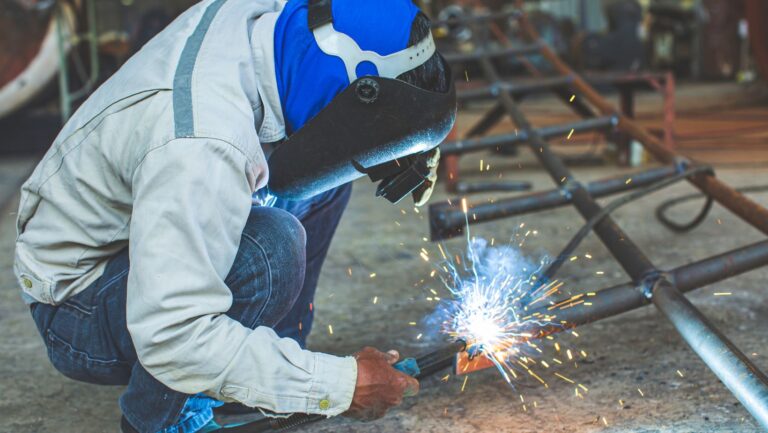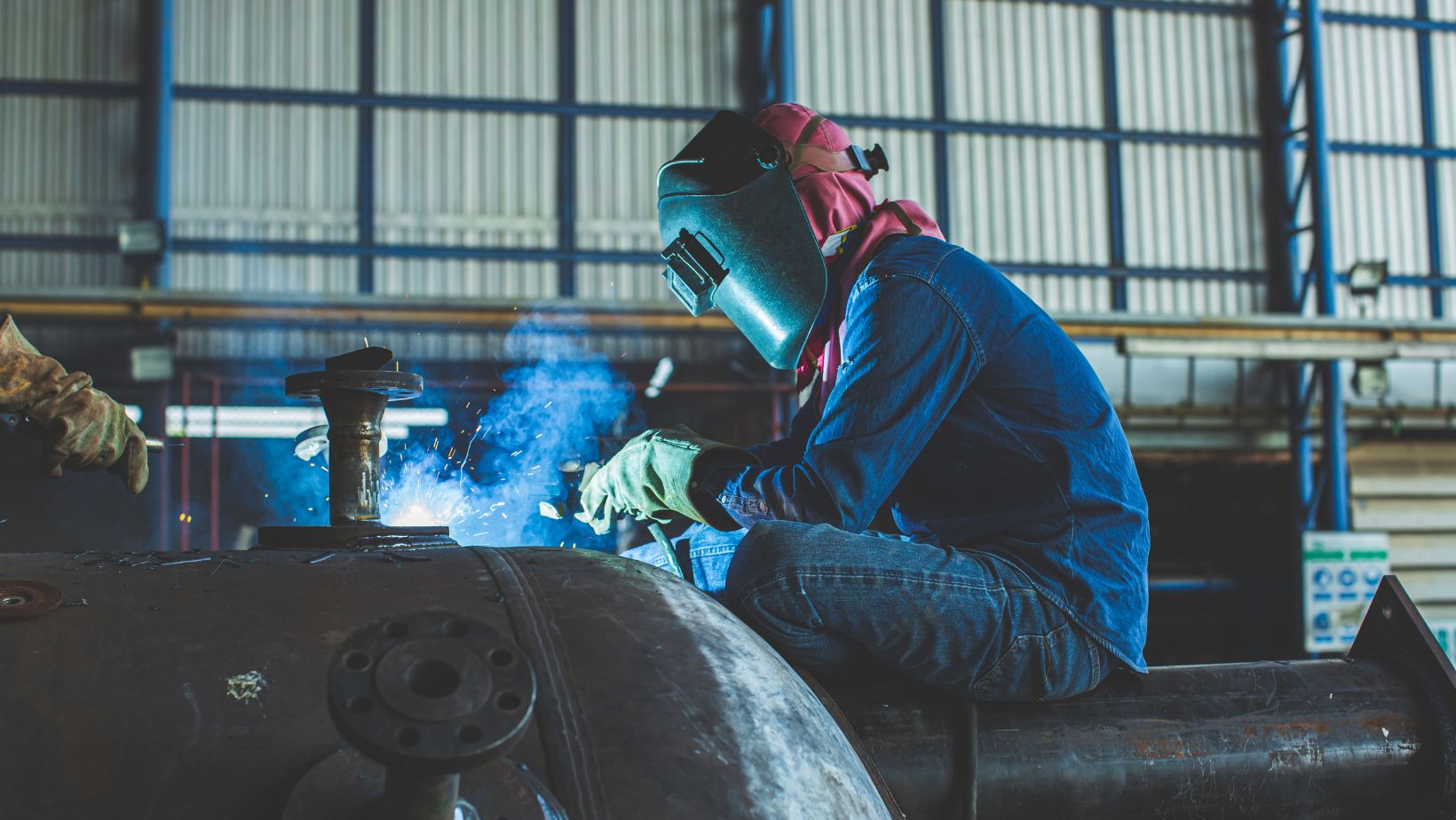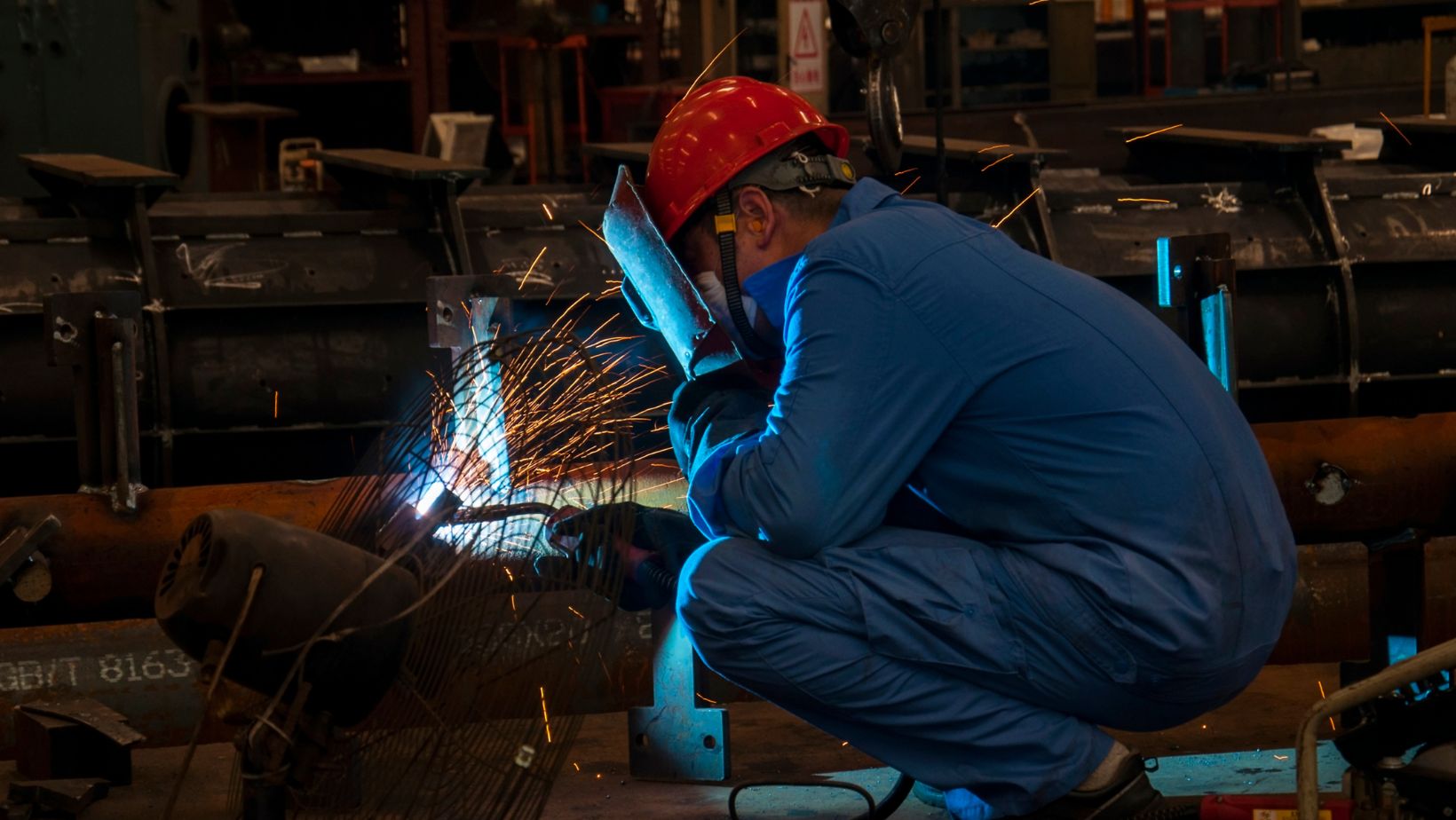The importance of a safe work environment cannot be overstated in any industry, particularly welding. Contact with dangerous fumes is detrimental to workers’ health. Therefore, welding extraction regulations define the standards to protect people from toxic fumes, substances, and materials. These rules help workers and employers stay safe and aware of changes in the regulatory environment.
Understanding the Risks
Many welding processes produce fumes, including toxic fumes such as manganese, chromium, and nickel. If inhaled, these fumes can cause respiratory issues and be detrimental in the long run.
Awareness of these hazards underlines the necessity of strong safety protocols. Welding extraction regulations define the safety protocols employers and workers must abide by to prevent health hazards and promote a culture of safety within factories and industrial units.
Role of Regulations
Regulations provide a framework to limit exposure. They specify permissible exposure limits that keep workers within safe parameters. Following these regulations can minimize health risks and create a safer workplace.
Ensuring Proper Ventilation
Sound ventilation systems help manage fume exposure. Sometimes, regulations mandate implementing a filter or fume extraction system for extracting potentially harmful elements from the air. This includes exhaust ventilation systems that capture fumes at their source and provide air free from contaminants in the workspace.
Using Personal Protective Equipment (PPE)
Regulations require the use of Personal Protective Equipment (PPE) in addition to ventilation. PPE provides protective covering against harmful substances and includes respirators, gloves, and protective clothing. Workers can safely avoid inhaling hazardous vapors when the correct equipment is worn.
Training and Education
Education is a key component of complying with welding extraction regulations. Safety training programs help workers understand possible risks and comply with safety measures. Good training ensures employees identify the risks and know how to stay safe.
Regularly Assessing and Monitoring the Work Environment
Some laws require regular monitoring of air quality in the welding environment. Studying fume concentrations provides information on whether modifications or improvements are required and helps companies verify the efficiency of existing safety measures. Continuous evaluation gives industries the advantage of tackling issues before they become obstacles, ensuring a healthy environment for workers.
Studying the Duties of Employers
It is the employer’s responsibility to ensure a safe workplace by taking adequate safety measures. Regulatory compliance requires that extraction systems work well. They also make supplying PPE kits mandatory. Furthermore, regular training is compulsory. This prioritizes worker health and promotes safe and healthy outcomes.
Analyzing Workers’ Role in Safety
While employers are responsible for safety, workers also play a role in ensuring safety. By following guidelines and using PPE, individuals can keep themselves and others around them safe. Reporting safety issues and attending training sessions enable workers to ensure a safe and comfortable work environment.
Assessing the Evolution of Technology
Improvements in extraction systems and protective equipment result from ongoing technological development. Better technologies now exist than before to filter and capture harmful fumes. Implementing these innovations enables industries to improve safety and comply with evolving standards.
Transforming the Safety Culture
Nothing drives performance more than bringing to life a culture of safety where everyone in the workplace participates. Promoting open dialogue about safety issues leads to proactive problem-solving. Regular safety meetings and group feedback help remind employees to adhere to standards and maintain a healthy working environment.
Considering Challenges and Solutions
Though welding extraction regulations are crucial to safety, employers may face difficulties when these guidelines are newly introduced. Compliance may also be hampered by implementation costs, a lack of awareness, and an unwillingness to change.
Overcoming these challenges will necessitate a collective effort by employers, workers, and regulators. Implementation can likely be simplified by raising awareness, offering support, and incentivizing best practices.
Studying Future Outlook
With changing industries, safety standards must change, too. Technological advancement can drive the implementation of stringent safety standards and offer insights into health risks. This could help regulators further tighten safety guidelines. These changes impact industries. Thus, staying updated keeps the industry ready to adapt and comply.
Conclusion
Welding extraction regulations protect workers from poisonous fumes released during welding. Complying with these regulations benefits employers and workers. Sound ventilation systems, PPE kits, and training can significantly lower health risks in any industry. Compliance can be improved by fostering a safety culture and accommodating technological innovations to protect workers’ health.



